If you’re looking for a way to secure your possessions, a cam lock may be the answer. These locks are easy to install and can be used on various items. In this post, we’ll show you how to install a cam lock on a cabinet or door. Read on for step-by-step instructions!
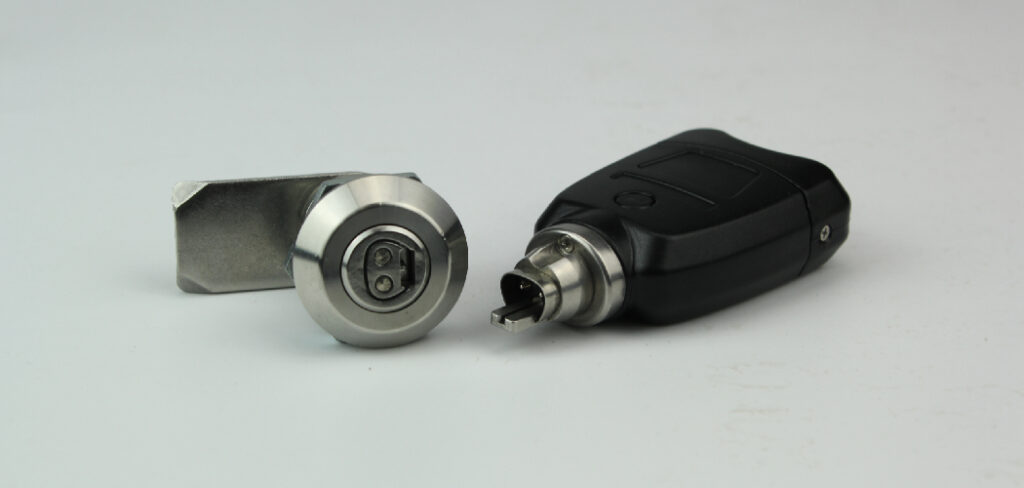
What Is a Cam Lock?
A cam lock is a locking mechanism that uses a cam to secure a door or drawer. The cam is a cylindrical piece of metal that fits into a matching hole in the door or drawer. When the cam is turned, it engages with the hole and prevents the door or drawer from being opened.
Cam locks are often used on cabinets, desks, and other pieces of furniture. They are also used on some doors, such as those found on storage units and filing cabinets. Cam locks are relatively simple to install and are available in various sizes.
Why Should You Install a Cam Lock?
A cam lock is one of the most effective ways to secure a door. Unlike a traditional deadbolt, a cam lock uses a metal plate that fits into a slot on the door frame. This provides a much stronger connection than a standard lockset, making it impossible to force the door open.
In addition, cam locks are relatively easy to install and can be found at most hardware stores. If you’re looking for an extra layer of security for your home or business, a cam lock is an excellent option.
Things You’ll Need
- 1/4 inch drill bit
- Drill
- 3/8 inch wrench
- 3/8 inch socket and ratchet (optional)
- Screwdriver
- Level
- Measuring tape or ruler
- Pencil or pen
- Cam lock (purchased separately)
How to Install a Cam Lock Step-by-Step Guide
Step 1: Determine
The first thing you need to do is determine where you will be installing the cam lock. There are many different types of cam locks, so make sure you choose the one that is best suited for your needs. If you are unsure, consult a professional.
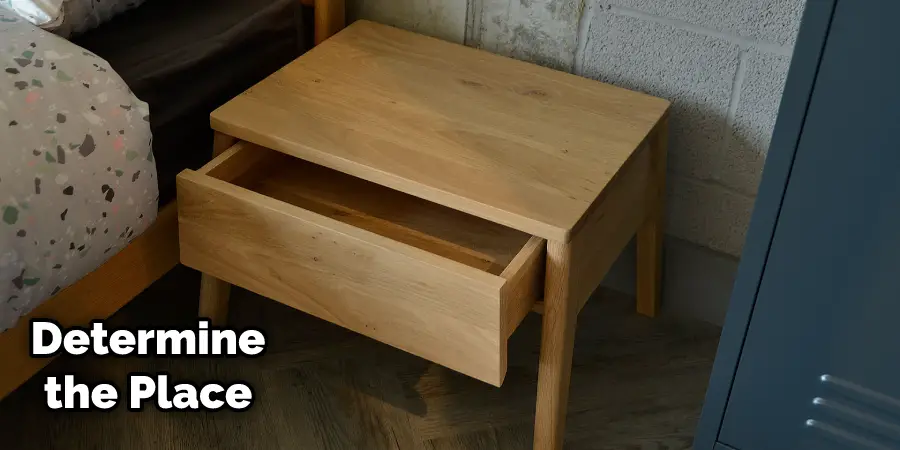
Step 2: Measure
Once you have determined where you will be installing the cam lock, you need to measure the area. This will ensure that you have the correct size lock for your installation.
Step 3: Cut
Using a saw, cut a hole in the door or piece of furniture where you will be installing the cam lock. The hole size will depend on the size of the lock you have chosen.
Step 4: Install the Lock Body
Now, it is time to install the lock body. First, insert the lock barrel into the hole you have cut. Next, screw the barrel into place. Finally, make sure that it is snug and secure.
Step 5: Install the Cam
The next step is to install the cam. This lock part attaches to the barrel and allows the locking mechanism to function. Insert the cam into the barrel and screw it in place.
Step 6: Test the Lock
Once you have installed the cam lock, it is time to test it out. Insert the key and turn it to see if the lock works properly. If it does not, make sure that all screws are tightened securely.
Now that you know how to install a cam lock, it is time to get started. Follow the steps listed above to install your new lock. Once installed, test it out to make sure it works properly. If there are any problems, consult a professional.
Types of Cam Locks
There are many different types of cam locks available on the market, each with its unique benefits. Some of the most popular types of cam locks include:
1. Keyed Cam Locks
These locks come with a keyed cylinder that is used to lock and unlock the device. Keyed cam locks are ideal for applications where security is a primary concern.
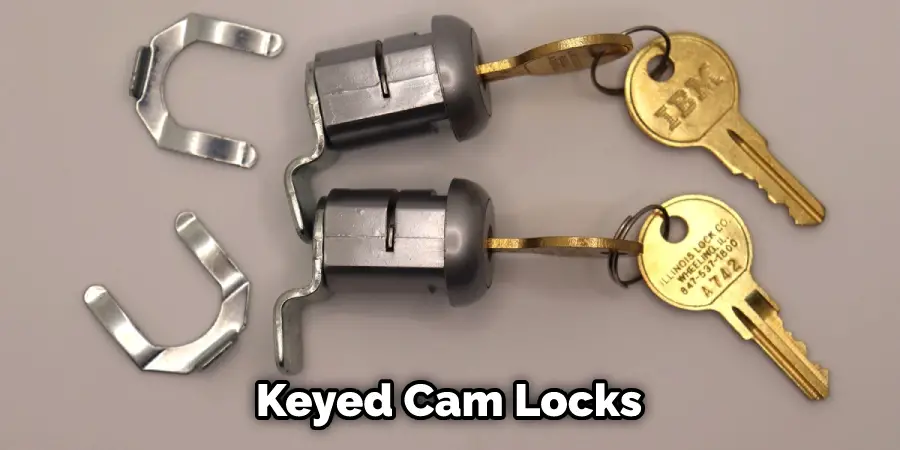
2. Combination Cam Locks
These locks do not require a key for operation and can be opened with a simple combination of numbers or letters. Combination cam locks are often used on safes, cabinets, and other storage devices.
3. Electronic Cam Locks
Electronic cam locks are similar to keyed and combination locks, but they utilize an electronic keypad for locking and unlocking. These locks are ideal for high-security applications where multiple people need access to the same device.
4. Flat Key Cam Lock
This type of cam lock uses a flat key for locking and unlocking. Flat key cam locks are often used on vending machines, laundry machines, and other devices requiring a high-security level.
5. Tubular Cam Lock
Tubular cam locks are similar to flat key locks, but they use a cylindrical key for operation. These locks are often used on file cabinets, office furniture, and other devices. If you are looking for a new cam lock, consult a professional to find the best option for your needs.
Benefits of Having a Cam Lock
A cam lock is one of the most versatile tools that you can have in your possession. This device can be used for various tasks, ranging from securing a door to fastening a piece of furniture together.
In addition, cam locks are relatively inexpensive and easy to install, making them a great option for those looking for an affordable way to improve security.
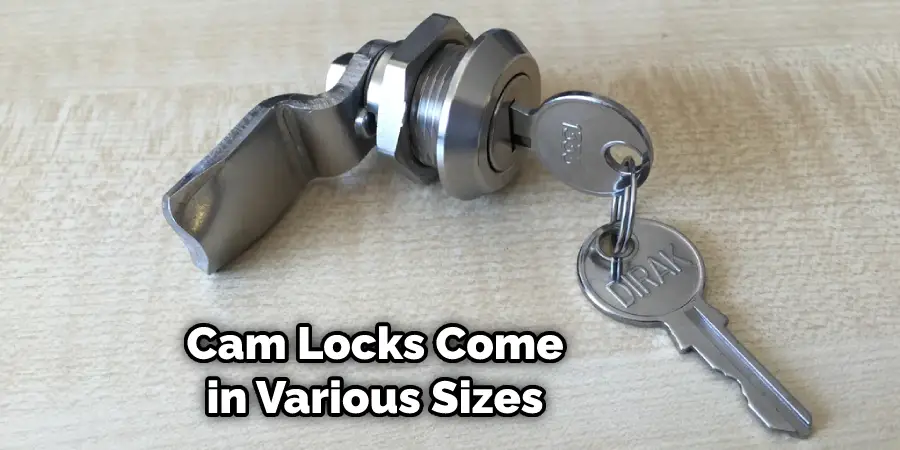
While cam locks come in various sizes and shapes, they all work in essentially the same way. A small metal plate is inserted into a hole drilled into the door or furniture. The plate is then turned, which causes the teeth on the back of the plate to grip the edges of the hole. This provides a secure connection that cannot be easily undone.
As a result, cam locks are ideal for deterring thieves and keeping your belongings safe. Keep reading for more information about how to install a cam lock.
Install a Cam Lock by Removing Your Old Lock
- Start by removing the old lock from the door or cabinet. If any screws are holding it in place, unscrew them and set them aside.
- Next, line up the new cam lock with the holes where the old one was installed. If the holes do not align perfectly, you may need to drill new ones.
- Once the cam lock is in place, secure it with the screws you removed from the old lock.
- Test the lock to ensure it works properly before replacing any doors or cabinet panels.
- If everything is working correctly, reinstall the doors or cabinet panels and enjoy your new level of security!
How to Identify the Different Parts of A Cam Lock
At first glance, a cam lock may appear to be a simple device. However, these locks are actually quite complex, and they are available in various styles. To fully understand how a cam lock works, it is important to know the different parts that make up this type of lock.
The Body:
The body of a cam lock is the largest and most easily visible part of the lock. This portion mounts onto a door or drawer, and it contains the keyway, which is the hole where the key is inserted.
The Keyway:
The keyway is usually located at the top of the body, but it can also be found on the side or bottom. The locking mechanism is located inside the body of the cam lock, and it consists of a series of small metal parts that work together to secure the lock.
The Cam:
The cam is the part of the lock that actually engages with the locking mechanism. This piece is attached to the lock’s body, and it contains a groove that lines up with the pins in the locking mechanism. When the key is inserted and turned, the cam turns with it and moves the pins into the correct position, which allows the lock to be opened.
The Washer:
The washer is a small metal disc that sits between the lock’s body and the cam. This piece helps to keep the cam in place and prevents it from moving when the key is not inserted.
The Retaining Nut:
The retaining nut is located on the backside of the lock and is used to secure the entire assembly to the door or drawer. This nut is usually made of metal, but it can also be plastic.
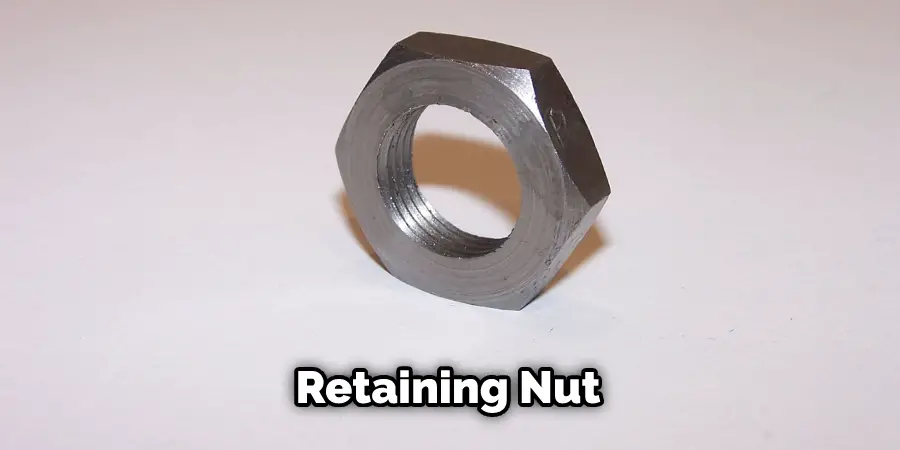
Installing a cam lock is a relatively easy process, but it is important to take care of this type of lock. Make sure that the body of the lock is properly aligned with the hole in the door or drawer before tightening the retaining nut.
It is also important to make sure that the cam is properly positioned to engage with the locking mechanism correctly.
Tips for Using and Caring for Your Cam Lock
Cam locks are great for various applications, from securing cabinets to adding extra security to doors and drawers. But like any lock, they need to be used and cared for properly to function. Here are some tips for using and caring for your cam lock:
- Lubricate the keyway and bolt with light oil before use to ensure smooth operation. This will also help to prevent rust and corrosion.
- Never force the key into the lock. If the key does not turn easily, remove it and try again. Forcing the key can damage the internal components of the lock.
- If you are having difficulty removing the key from the lock, do not use pliers or other tools to remove it. This can damage the lock. Instead, try wiggling the key back and forth while gently pulling it out.
- Be sure to keep a spare key in a safe place if you lose or misplace the primary key.
- If the lock becomes damaged or is not working properly, do not attempt to repair it yourself. This could void the warranty and cause further damage. Instead, contact a qualified locksmith or the manufacturer for assistance.
Frequently Asked Question
Where Do You Connect Cam Locks?
Cam locks are installed by connecting them to the appropriate posts on a cabinet or door. The posts are usually found on the inside of the cabinet or door, and they have threaded holes that allow you to install the cam lock.
Do cam lock fittings leak?
The quick answer to this question is: not if they’re installed and used correctly. Cam lock fittings are designed for a watertight seal, and with the right tools and installation methods, they should provide a reliable connection for your plumbing system.
However, it’s always important to check for leaks after installing any new fittings and ensure they’re tightened properly to avoid any potential problems.
You Can Check It Out to Remove Munchkin Cabinet Locks
Conclusion
We hope that this article has helped you understand how to install a cam lock. In sum, cam locks are an essential element of a secure locking system. They come in various sizes and styles, each offering unique benefits and features.
They are easy to install, but make sure you know the different parts of the lock so you can properly identify them before use. With proper installation, your home or office will be safe and secure for years to come. It’s also important to remember that using a cam lock requires regular maintenance and care if you want it to remain effective.
If done properly, having a cam lock can provide peace of mind knowing that your valuables are well-protected from burglary and other threats.
You may also read: How to Install Alarm Sensors on Double Hung Windows

1 thought on “How to Install a Cam Lock”